Violet dancer, description, care features, types of reproduction
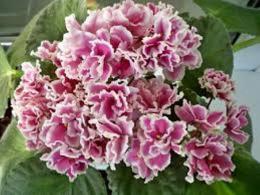
The beautiful violet is one of the most common plants in home floriculture. Bright, beautiful, takes up little space violet, pleases with its flowering for a long time and adds a bright accent and comfort to any home and apartment.
Content:
- Brief characteristics of indoor violets
- Description of the variety Le - dancer
- Features of care, growing homemade violets
- Methods for propagating Saintpaulia
Brief characteristics of indoor violets
Violet (Saintpaulia) belongs to the Gesneriaceae family and grows naturally in the highlands of tropical Africa. This is a small perennial flower with a short stem, from which numerous pubescent dark green leaves emerge.
Based on the shape of the flowers, they are divided into several groups:
- simple;
- terry;
- with fringe.
And the flowers themselves are found in completely different colors: from white, cream, soft pink to bright crimson, and dark purple, blue and cherry. There are also multi-colored varieties, with a pattern or edging of a different shade.
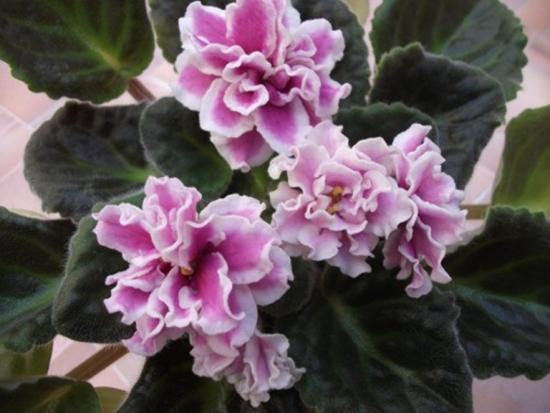
The flowers are small in size (up to 2-4 cm), collected in inflorescences of several pieces, and hybrids varieties are several times larger than them. They have no aroma and breeders are actively working to develop varieties with a pleasant aroma.
Home saintpaulia (indoor, uzambar) also has leaves of different shapes and colors.The leaves themselves are pubescent, fragile, light or dark green, round, slightly elongated or heart-shaped. Their surfaces are often decorated with spots, stripes, and rays.
Like indoor plants, this tropical guest is not very capricious, blooms for a long time, but requires compliance with certain rules of self-care.
In apartments they are most often bred ampelous varieties that have more lush foliage, giving the flower a festive and elegant appearance.
Description of the variety Le - dancer
Le - dancer was bred by breeder Elena Lebetskaya. The variety stands out for its bright pink tint of double orchid flowers with a wide, even ribbon of white fringe along the edges of each petal.
The flowers resemble stars in shape and look as if they were sculpted from wax. The average size is about 5 cm. The foliage is colored in a light green tone, has a round shape, and a standard rosette.
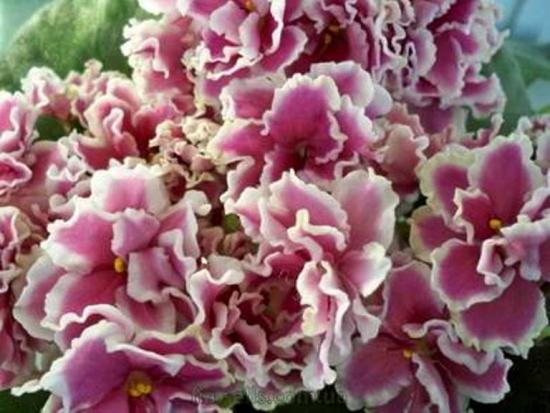
The variety is characterized by long flowering from the moment the first peduncle appears. First flowering violets - dancers are accompanied by the flowering of 9 peduncles; without much effort from the grower, the variety blooms with beautiful bright caps and does not fade for a long time.
Features of care, growing homemade violets
If you want to grow this beauty in your apartment, you should know and follow some rules for caring for the plant.

Lighting
Bright but diffused light is favorable for the flower. Full lighting - the main factor in growing a strong, flowering plant. Avoid direct sunlight as it will damage the flower.
And the lack of light is immediately reflected on the bush - the leaves and flowers become faded, light, the cuttings are stretched, the leaves are drawn towards the light. In winter, it is advisable to extend daylight hours and turn on lamps.The duration of daylight hours should be 12-14 hours.
Watering and moisture
Watering - one of the important factors influencing the growth and development of a flower, and in this regard it is quite capricious. It is necessary to avoid drafts, excessive moisture or drying out of the soil mixture.
It is recommended to water 1-2 times a week, depending on the season, with soft, settled water at 18-25 degrees. It is better to use watering through a tray, since drops of water on the petioles or rosette can provoke the development of rot.
Water is poured into the tray at the 2/3 level of the pot, and after half an hour the rest is drained so that the root system does not rot. The plant likes humid rooms, but spraying with a spray bottle is contraindicated for it.
Soil selection
A mixture for growing a tropical guest is easy to buy ready-made in specialized stores, but it is often too light and is not saturated with moisture when watering.
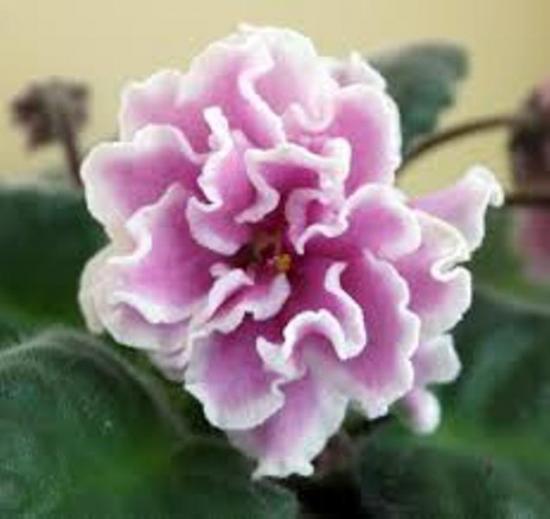
You can make such a soil mixture with your own hands; to do this, mix sifted garden soil and a little coarse sand. The prepared soil is calcined in the oven to get rid of parasites, microorganisms and bacteria.
For saintpaulia and its small root system is worth choosing a neat small pot. For young plants, the diameter should be approximately 6 cm, and for adults – up to 14 cm. A layer of expanded clay is placed on the bottom for good drainage in the pot.
Top dressing
It is required only during the period of active growth and flowering; there is no need to feed the bush in autumn and winter. For abundant flowering, phosphorus and potassium, and for strong leaves - nitrogen, but excess nitrogen can lead to a long absence of flowering.
Methods for propagating Saintpaulia
The best way is considered cuttings. Beautiful young leaves are selected, and such cuttings can be planted in the soil immediately. They usually produce roots well and quickly.
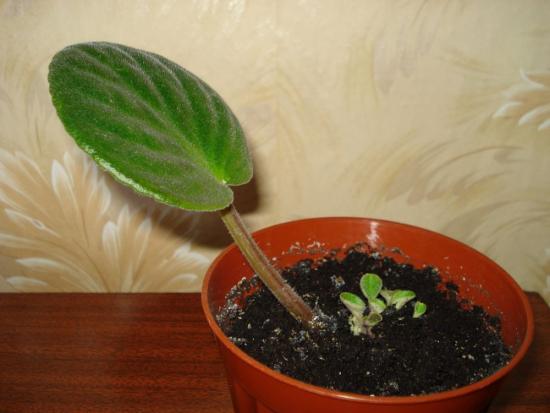
If you want to root a cutting in water, be careful when planting the rooted leaf in a pot, as the fragile roots often break. Cutting They are planted in a container at an angle of 45 degrees, and the top is covered with glass or a transparent cap and almost “greenhouse” conditions are observed until new young leaves appear.
There are other methods of propagation, less popular, but they help preserve varietal characteristics:
Dividing the bush
Overgrown Saintpaulias often form young rosettes, which can be easily separated from the mother bush with a sharp knife, trying to injure it as little as possible. The young bush is planted in a small pot, watered moderately and grown in a warm room together with the mother plant.
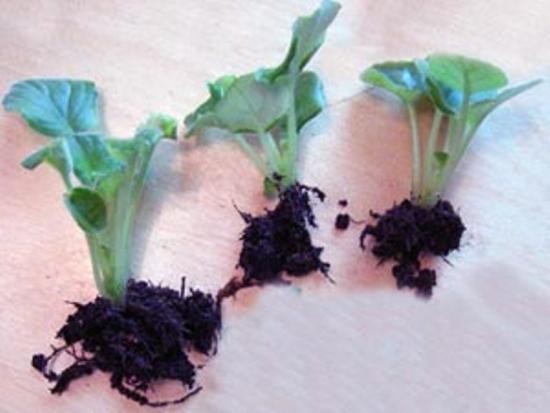
From the peduncle
This method is suitable for hybrid varieties. The most beautiful peduncle is separated from the bush, cut off at the root with a slope of 45 degrees. All buds and flowers are plucked off. This prepared peduncle is incubated in moss (sphagnum) in a small glass and watered with warm water. They cover the top with film, sometimes opening it for ventilation. Young leaves appear after 40 -50 days.
Seeds
The most difficult and time-consuming method. Seeds are sown in the mixture peat and sphagnum, lightly sprinkled with soil. The container with the seeds is placed in a warm place for a “greenhouse” effect, and after the first leaves appear, they are transplanted into separate pots.
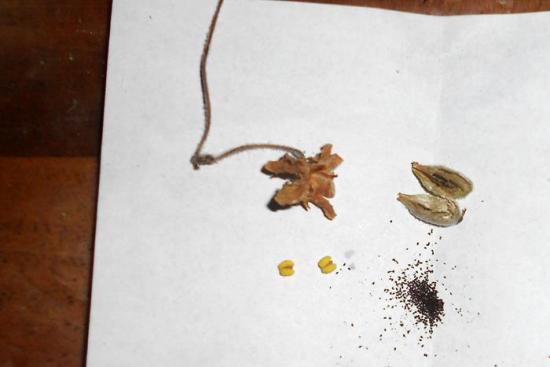
In order for Saintpaulia to please you with long, abundant flowering, you should follow a number of agrotechnical care rules, and the plant will thank you. Though saintpaulia and is considered capricious for home cultivation, but you should not be afraid of difficulties, this flower is very responsive to care, and the abundance of varieties will help you find your favorite one and the one that suits you.
And the dancer violet variety always looks beautiful: both in the photo and in natural conditions.
Let's get acquainted with useful tips on how to care for violets when watching the video:

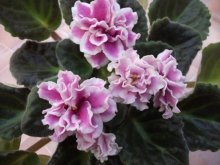

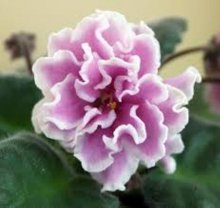
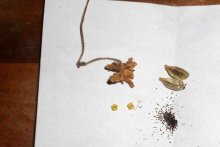
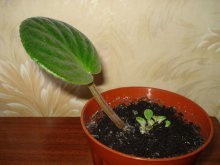
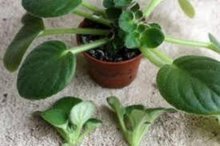
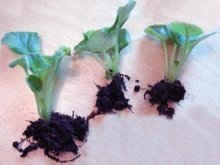

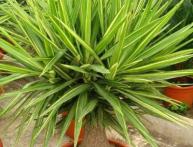
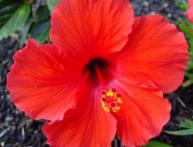
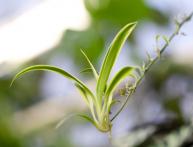

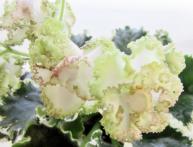
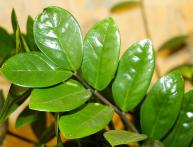
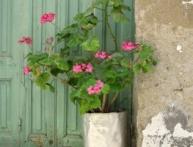
Comments
I would not say that caring for violets is easy. They require a lot of attention to themselves, annual replanting, fertilizer once or twice a year, propagation of the bush, so that the species does not become extinct. I organized wick watering, this saves both time and effort.